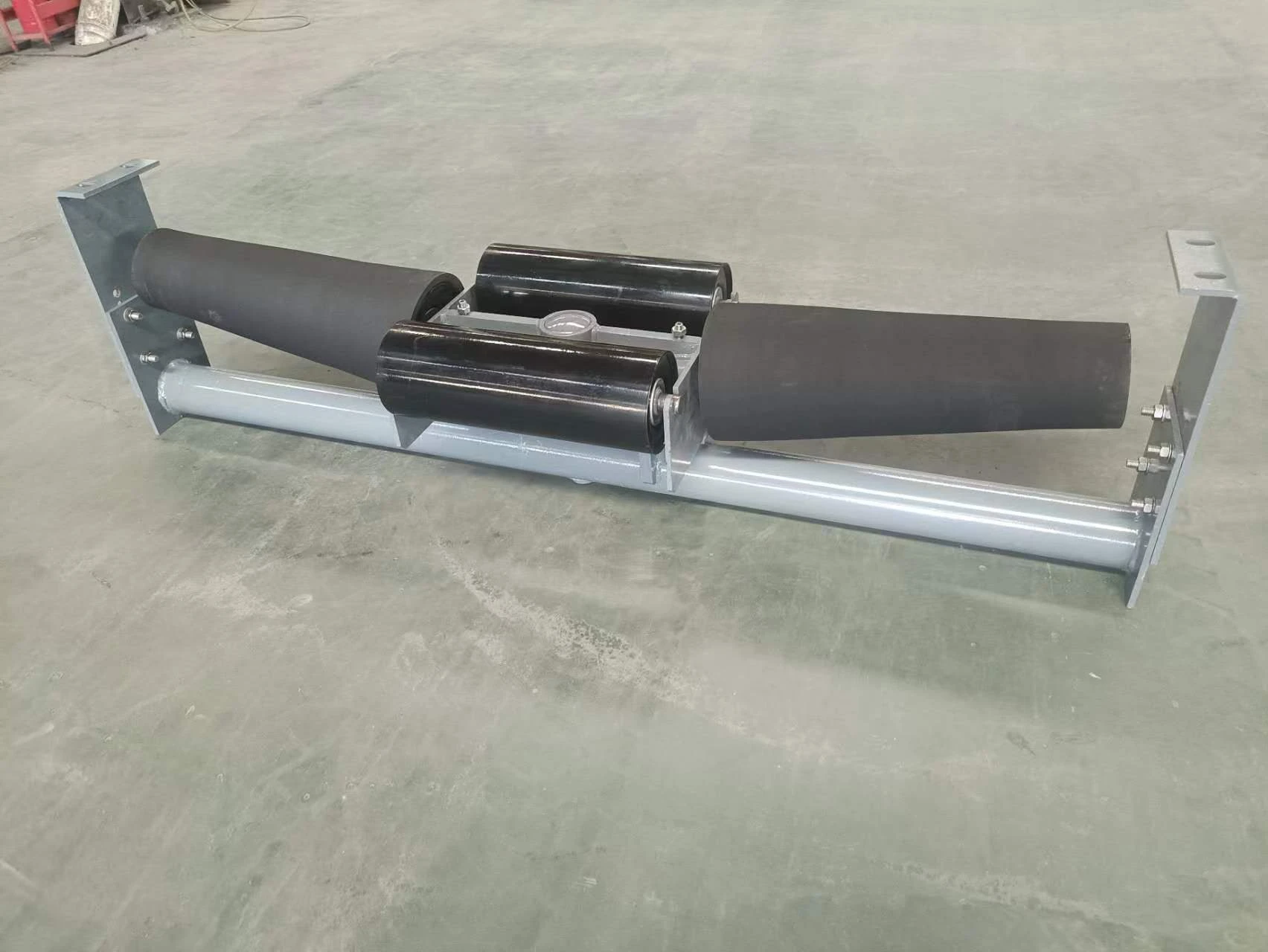 Afrikaans
Afrikaans  Albanian
Albanian  Amharic
Amharic  Arabic
Arabic  Armenian
Armenian  Azerbaijani
Azerbaijani  Basque
Basque  Belarusian
Belarusian  Bengali
Bengali  Bosnian
Bosnian  Bulgarian
Bulgarian  Catalan
Catalan  Cebuano
Cebuano  Corsican
Corsican  Croatian
Croatian  Czech
Czech  Danish
Danish  Dutch
Dutch  English
English  Esperanto
Esperanto  Estonian
Estonian  Finnish
Finnish  French
French  Frisian
Frisian  Galician
Galician  Georgian
Georgian  German
German  Greek
Greek  Gujarati
Gujarati  Haitian Creole
Haitian Creole  hausa
hausa  hawaiian
hawaiian  Hebrew
Hebrew  Hindi
Hindi  Miao
Miao  Hungarian
Hungarian  Icelandic
Icelandic  igbo
igbo  Indonesian
Indonesian  irish
irish  Italian
Italian  Japanese
Japanese  Javanese
Javanese  Kannada
Kannada  kazakh
kazakh  Khmer
Khmer  Rwandese
Rwandese  Korean
Korean  Kurdish
Kurdish  Kyrgyz
Kyrgyz  Lao
Lao  Latin
Latin  Latvian
Latvian  Lithuanian
Lithuanian  Luxembourgish
Luxembourgish  Macedonian
Macedonian  Malgashi
Malgashi  Malay
Malay  Malayalam
Malayalam  Maltese
Maltese  Maori
Maori  Marathi
Marathi  Mongolian
Mongolian  Myanmar
Myanmar  Nepali
Nepali  Norwegian
Norwegian  Norwegian
Norwegian  Occitan
Occitan  Pashto
Pashto  Persian
Persian  Polish
Polish  Portuguese
Portuguese  Punjabi
Punjabi  Romanian
Romanian  Russian
Russian  Samoan
Samoan  Scottish Gaelic
Scottish Gaelic  Serbian
Serbian  Sesotho
Sesotho  Shona
Shona  Sindhi
Sindhi  Sinhala
Sinhala  Slovak
Slovak  Slovenian
Slovenian  Somali
Somali  Spanish
Spanish  Sundanese
Sundanese  Swahili
Swahili  Swedish
Swedish  Tagalog
Tagalog  Tajik
Tajik  Tamil
Tamil  Tatar
Tatar  Telugu
Telugu  Thai
Thai  Turkish
Turkish  Turkmen
Turkmen  Ukrainian
Ukrainian  Urdu
Urdu  Uighur
Uighur  Uzbek
Uzbek  Vietnamese
Vietnamese  Welsh
Welsh  Bantu
Bantu  Yiddish
Yiddish  Yoruba
Yoruba  Zulu
Zulu conveyor pulley types
Understanding Conveyor Pulley Types A Comprehensive Guide
Conveyor systems are an integral part of modern material handling and manufacturing processes. Among the essential components of these systems are conveyor pulleys, which play a vital role in the efficient operation of conveyor belts. Understanding the different types of conveyor pulleys is crucial for selecting the right components for specific applications. This article explores the various types of conveyor pulleys and their respective functionalities.
1. Drive Pulleys
Drive pulleys are the primary component responsible for powering the conveyor belt. They are typically located at the head end of the conveyor system and are connected to a motor that provides the necessary torque to move the belt. Drive pulleys can be configured in different ways, including lagged or smooth surfaces. Lagged drive pulleys have a layer of rubber or other materials that increase friction, ensuring better grip on the belt and higher operational efficiency. Smooth drive pulleys, while effective, may require additional tensioning systems to maintain proper belt movement.
2. Idler Pulleys
Idler pulleys do not provide power to the conveyor system but are crucial in supporting the belt and maintaining its alignment. They can be found at various positions along the conveyor, including the return side. Idler pulleys are available in different styles, such as plain, crowned, or rubber-lined. Plain idler pulleys have a flat surface, while crowned idler pulleys have a slight curvature that helps keep the belt centered. Rubber-lined idler pulleys offer added friction, which can be beneficial in certain applications where slippage is a concern.
3. Tail Pulleys
conveyor pulley types

Tail pulleys are located at the opposite end of the drive pulleys and are typically used to support the return side of the conveyor belt. They serve to tension the belt and provide stability during operation. Tail pulleys may also be equipped with a take-up system, allowing for adjustments in belt tension as wear and stretching occur over time. This flexibility is crucial in maintaining efficient operation and prolonging the life of the belt.
4. Snub Pulleys
Snub pulleys are often used in conveyor systems to redirect the belt in a specific direction or to create additional tension on the belt. Positioned between the drive and tail pulleys, snub pulleys can also enhance the system’s overall efficiency by increasing surface contact with the drive pulley, which can improve the transfer of power. By adjusting the angle and position of the snub pulley, operators can optimize performance and mitigate issues related to slippage and misalignment.
5. Wing Pulleys
Wing pulleys are designed with tapered wings that extend outward from the center hub. This unique design helps to reduce material build-up, which is common in many conveyor systems. By minimizing this build-up, wing pulleys enhance belt tracking and reduce the risk of damage to the conveyor. Wing pulleys are particularly beneficial in applications involving heavy materials or in environments where dust and debris are prevalent.
Conclusion
Selecting the appropriate type of conveyor pulley is essential for optimizing the performance of a conveyor system. Each type of pulley has its unique functions and applications, and understanding these differences can significantly impact operational efficiency, reliability, and longevity. Whether you are involved in manufacturing, logistics, or material handling, having a comprehensive understanding of conveyor pulley types will support effective decision-making and enhance system performance. Proper maintenance and regular inspections of these components are equally important to ensure their functionality and adaptability in various operational environments. With the right pulleys in place, conveyor systems can operate smoothly, contributing to seamless production processes and improved productivity.
-
Trusted Conveyor Solutions from Leading Conveyor Idler Roller ManufacturersNewsJun.27,2025
-
Reliable Return Idler Solutions for Efficient Belt Conveyor SystemsNewsJun.27,2025
-
Precision Conveyor Accessories for Streamlined Material HandlingNewsJun.27,2025
-
High-Quality Belt Conveyor Idler Solutions for Efficient Material HandlingNewsJun.27,2025
-
High-Performance Belt Conveyor Pulleys for Reliable Material HandlingNewsJun.27,2025
-
Enhancing Material Handling EfficiencyNewsJun.27,2025





























